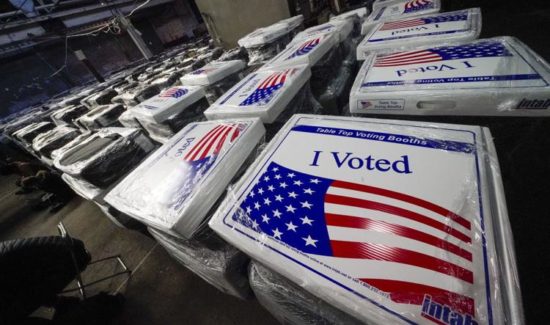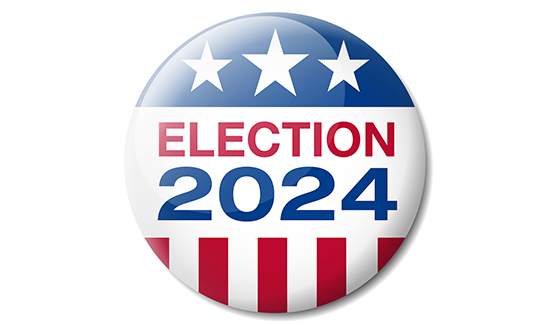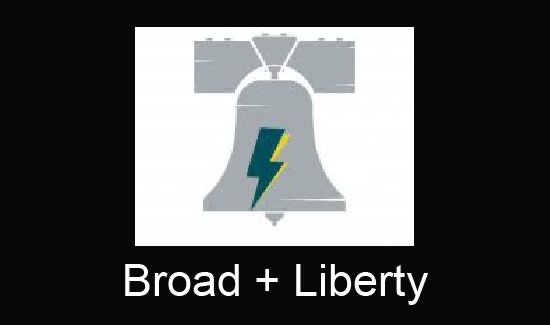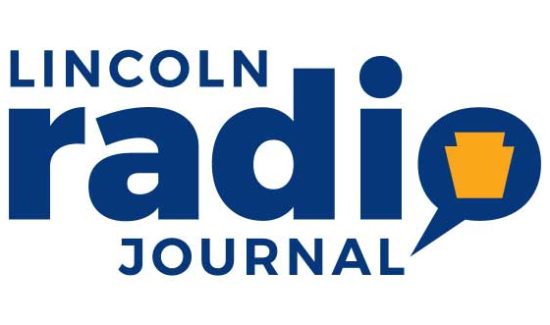State Spending Limits Policy Points
State Spending Limits for Pennsylvania
State Spending is Growing Faster than Taxpayers’ Ability to Pay
• Total Pennsylvania state government spending has consistently outpaced the growth of personal income.
o From 1970 to 2011, the state operating budget as a percent of Pennsylvanians’ personal income grew from 8.8% to 12.0%.
o Per family of four, total state spending grew by more than $12,000 in inflation-adjusted dollars since 1970.
• State and local taxes take more than 10% of Pennsylvanians’ income—$4,400 per person. Pennsylvania has the 10th highest state and local tax burden, up from 24th in 1990.
Government Growth has Hampered Pennsylvania’s Economy
• Despite the dramatic growth in state government spending, Pennsylvania ranks among the worst states in the nation in key economic performance indicators.
o From 1991-2011, Pennsylvania ranks 41st in job growth, 46th in population growth, and 48th in personal income growth.
• From 2000 to 2010, Pennsylvania’s private sector lost 103,700 jobs, while government employment grew by 33,400.
o In 2011, government jobs declined by 17,100, but private sector employment grew by 80,500.
o Over the last 20 years, the percentage growth of state government spending has a negative relationship with total job growth in Pennsylvania.
• According to IRS data, Pennsylvania lost a net 77,184 taxpayers to other states from 2000 to 2010.
o This out-migration resulted in a net loss of $4.3 billion in household income.
The Solution: The Taxpayer Protection Act
The Taxpayer Protection Act would:
Limit future growth in state and local government spending.
• Government spending increases would be limited to the rate of inflation plus population growth.
Require the prioritization of spending by government.
• Funding for core government functions will be more than sufficient.
Ensure a prudent Rainy Day Fund.
• 25% of excess taxes collected would be placed into a Rainy Day Fund that can be used to balance the budget in times of recession.
Provide tax relief for families.
• 75% of all excess state tax revenues will be used to reduce Personal Income Tax rates. After the Rainy Day Fund reaches 5% of spending, all excess revenues will be used to reduce tax rates.
The Taxpayer Protection Act Prepares Pennsylvania for Recessions
• Prior to 2011-12, Pennsylvania’s total operating budget had increased for at least 40 consecutive years.
o Legislators spent every dollar available during economic growth, then raised taxes in recessions.
• The Taxpayer Protection Act (TPA) would force lawmakers to limit government spending during boom years, put money aside in a Rainy Day Fund, and prepare for periods of economic stagnation.
Spending Limits Should Encompass all Government Spending
• Often state budget discussions focus only on the General Fund, which represents less than half of all state spending. Pennsylvania’s total state operating budget is more than $63 billion.
o Since 1970, General Fund spending grew 83% in inflation-adjusted dollars. In contrast, spending from "Other State Funds" ballooned by 509%.
• Under the TPA index, total state spending could have increased by $16 billion since 2000. In actuality, state spending increased by $25 billion.
The TPA Allows for Reasonable Increases in Government Services
• A spending limit only slows the growth in spending, it does not mandate any cuts.
o Under the TPA, spending from state funds in FY 2012-13 could increase by $963 million.
o Government spending should be limited to core programs and services. Increases should be tied to the increase in the prices (inflation) and the number of people served (population growth).
• Spending limits will force policymakers to prioritize, rather than spend money without regard to taxpayers’ ability to pay for it.
# # #
Click here for the full Policy Points
To download the full PDF version, click here.
For more information on the Pennsylvania State Budget, visit www.CommonwealthFoundation.org/Budget







